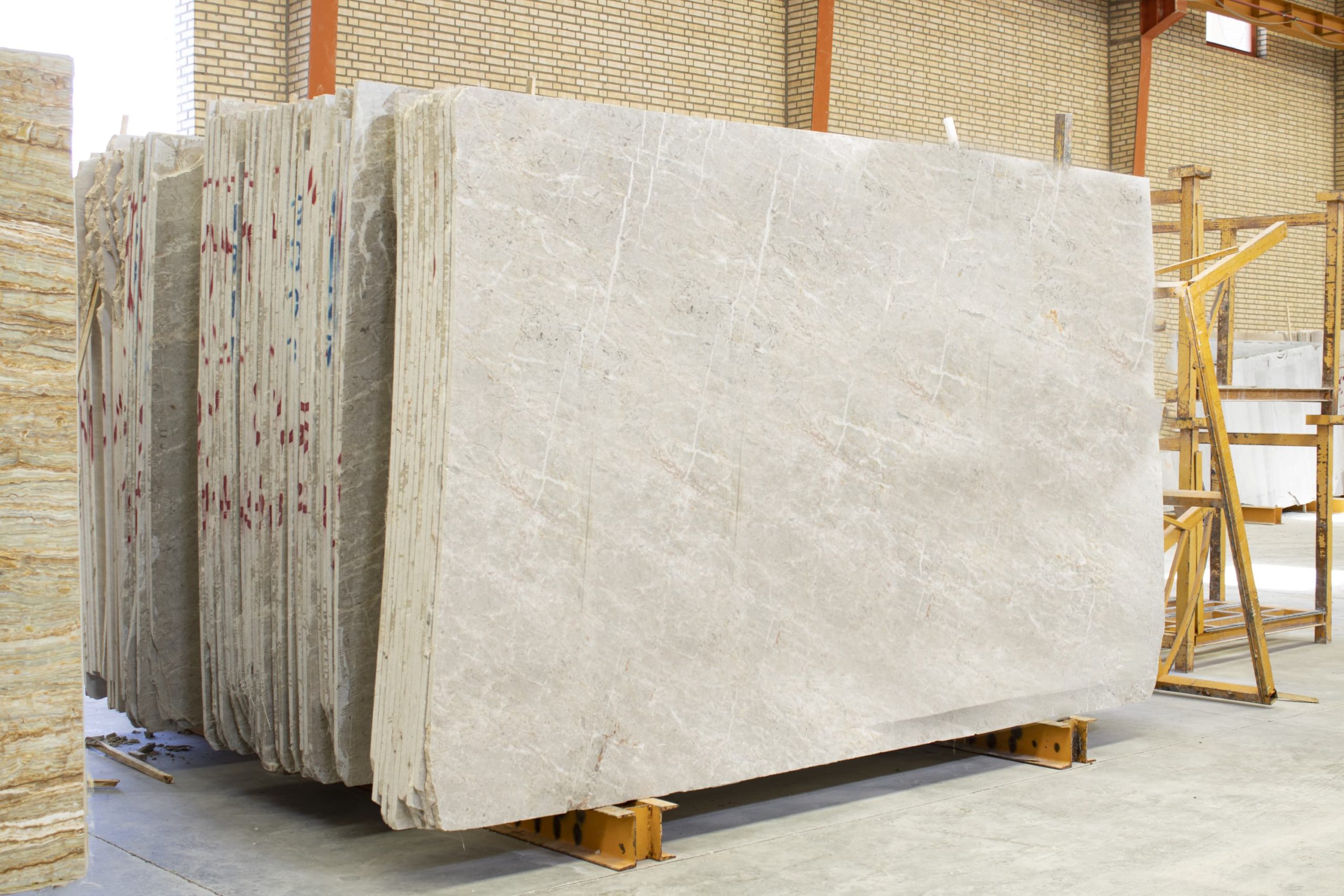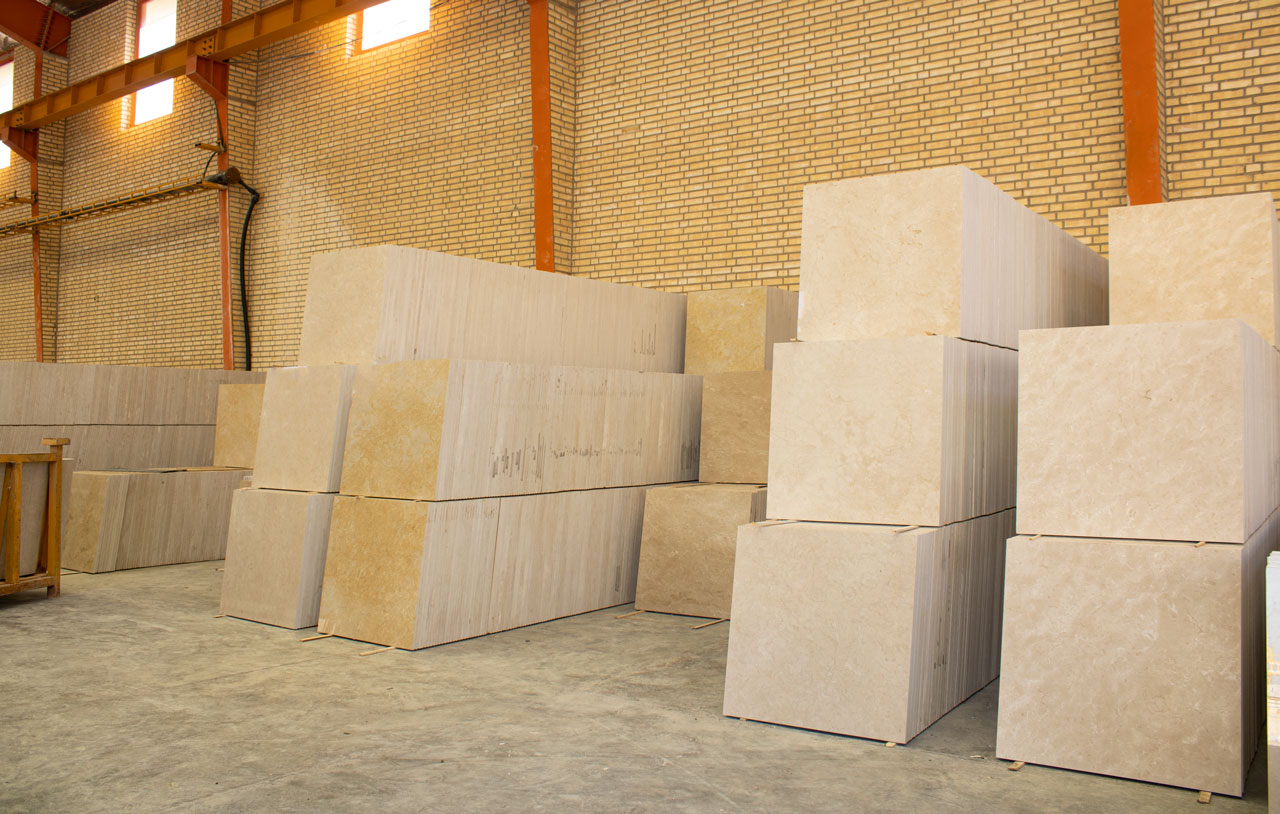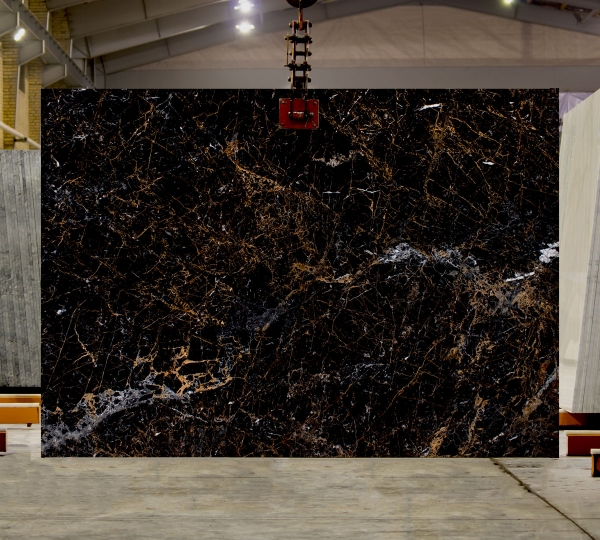When assessing marble stone quality, conducting a thorough examination is essential to ensure you’re investing in a product that meets your expectations. Marble, a symbol of elegance and luxury, has adored homes and monuments for centuries. However, not all marble is created equal. Knowing how to discern the quality of marble is crucial to ensure you’re getting the best value for your investment. This guide will delve into the intricacies of assessing marble stone quality, empowering you to make informed decisions when selecting this timeless material for your projects.
Marble Grading Standards
Several criteria come into play when evaluating the quality and grade of marble. These criteria serve as standards by which marble is assessed, helping buyers make informed decisions.
Color Consistency:
One crucial factor in determining marble quality is color consistency. High-quality marble tends to have uniform coloration throughout the slab. This means there are no significant variations or inconsistencies in color from one part of the marble to another. The absence of blotches or patches of different colors indicates a higher grade of marble.
Veining refers to the natural patterns or lines running through marble.
While some veining is expected and even desired in marble, the quality can vary. Premium-grade marble typically exhibits subtle, elegant veining that enhances its aesthetic appeal. Excessive or irregular veining may be indicative of lower-quality marble.
Surface Finish:
The surface finish of marble also plays a significant role in its grading. Marble can be finished in various ways, including polished, honed, or brushed finishes. A polished finish, for example, results in a smooth, glossy surface that highlights the natural beauty of the marble. On the other hand, a honed finish produces a matte surface with a more subdued appearance. The quality of the surface finish, along with its consistency and smoothness, is taken into account when grading marble.
Durability and Strength:
Another crucial aspect considered in marble grading standards is the durability and strength of the stone. High-quality marble exhibits greater density and hardness, indicating superior strength and resilience against wear and tear. Marble has excellent durability, and it can withstand heavy foot traffic and resist chipping, scratching, and staining, making it suitable for various applications, including flooring, countertops, and wall cladding.
Absorption Rate:
The absorption rate of marble is an essential factor in determining its quality and suitability for specific applications. Quality marble typically exhibits minimal water absorption, indicating a low porosity level. Low-porosity marble is less susceptible to staining and damage from moisture, making it ideal for use in areas prone to spills or humidity, such as kitchens and bathrooms.
Purity of Mineral Composition:
The purity of marble’s mineral composition also contributes to its overall quality and aesthetic appeal. High-quality marble comprises pure calcium carbonate minerals, such as calcite or dolomite, with minimal impurities. Marble with a higher purity level tends to have a more vibrant and consistent coloration and enhanced clarity and transparency, resulting in a more visually striking appearance.
Uniformity of Texture:
The texture of marble refers to the surface feel and consistency of the stone. Premium-grade marble exhibits a uniform texture, with smooth, even surfaces free from irregularities or rough patches. Consistent texture enhances the stone’s visual appeal and allows for seamless installation and integration into architectural designs. Buyers often prioritize marble with uniform texture for its superior quality and ease of maintenance.
Overall, marble grading standards consider factors such as color consistency, veining patterns, and surface finish to determine the quality and grade of marble. By understanding these criteria, buyers can make informed decisions and select marble that meets their requirements and preferences.

Understanding Quality Standards in Marble Selection
Marble is classified into different grades based on its quality and appearance. Here’s a breakdown of the typical characteristics associated with each grade:
Grade A: Premium Quality Marble
- Exceptional Clarity: Grade A marble exhibits exceptional clarity and uniformity in coloration. There are minimal color variations, and the overall appearance is pristine and consistent.
- Minimal Veining: This grade of marble tends to have minimal veining or natural patterns. Any veining present is subtle and adds to the marble’s elegance without being overpowering.
- Smooth Surface Finish: Grade A marble is known for its smooth, polished surface finish. The surface is reflective and glossy, enhancing the marble’s luxurious appearance.
Grade B: Standard Quality Marble
- Moderate Color and Veining Variations: Grade B marble may have slight variations in color and veining compared to Grade A. While still visually appealing, it may exhibit slightly more irregularities in coloration and patterning.
- Manageable Imperfections: This grade of marble may have moderate imperfections, such as minor blemishes or irregularities. However, these imperfections are typically minor and can often be addressed during processing.
- Versatile Usage: Grade B marble is suitable for many applications, including residential projects where a balance between quality and affordability is desired.
Grade C: Commercial Grade Marble
- -Noticeable Color and Veining Variations: Grade C marble may display more noticeable variations in color and veining than higher grades. These variations can be more pronounced and may contribute to a more rustic or natural appearance.
- Visible Imperfections: This grade of marble may have more visible imperfections, such as more significant blemishes or irregularities. While still usable, these imperfections may be more apparent and require additional attention during installation.
- Ideal for Commercial Settings: Grade C marble is commonly used in commercial settings where aesthetic considerations may be less stringent. It is valued for its durability and affordability, making it a practical choice for high-traffic areas.
Overall, marble grades A, B, and C offer varying levels of quality and visual appeal, allowing consumers to choose the option that best suits their needs and budget.

How to Check Marble Stone Quality
Conduct Visual Inspection
Examine marble slabs under natural and artificial lighting to evaluate color consistency, veining, and surface imperfections. Trust your instincts and opt for marble that captivates your aesthetic sensibilities.
Perform the Water Absorption Test
Determine marble porosity by placing a few drops of water on the surface. Quality marble exhibits minimal water absorption, whereas lower-grade marble may absorb water rapidly, indicating susceptibility to staining and damage.
Request Sample Swatches
Before purchasing, request sample swatches or small-scale slabs to assess the marble’s quality firsthand. This will allow you to visualize how the marble will complement your design scheme and evaluate its suitability for your project.
Seek Professional Guidance
Consult with experienced stonemasons or interior designers for expert advice on selecting high-quality marble. They can offer invaluable insights and recommendations based on their industry expertise and firsthand experience.
Comprehensive Marble Quality Testing Procedures
Marble quality testing procedures encompass a range of laboratory tests and quality control measures designed to evaluate marble’s physical and chemical properties. These procedures ensure that marble products meet industry standards and specifications, guaranteeing their suitability for various applications. Here’s a detailed explanation of some standard testing procedures:
-
Density Testing:
Density testing involves measuring the mass of a marble sample and dividing it by its volume to determine its density. High-quality marble typically has a higher density, indicating greater hardness and durability. Density testing helps assess the structural integrity and strength of marble, ensuring it can withstand the demands of its intended use.
-
Water Absorption Test:
The water absorption test assesses the porosity of marble by measuring its ability to absorb water. A marble sample is weighed, submerged in water for a specified period, and then reweighed to determine the water absorbed. Low water absorption indicates a denser, less porous marble with higher quality and durability, making it less prone to staining and damage from moisture.
-
Compression Strength Test:
The compression strength test evaluates the ability of marble to withstand compressive forces without breaking or crumbling. A marble sample is subjected to increasing pressure until it reaches its maximum compressive strength. Higher compression strength indicates superior-quality marble with more excellent deformation and structural failure resistance.
-
Chemical Composition Analysis:
Chemical composition analysis involves determining the elemental composition of marble using techniques such as X-ray fluorescence (XRF) spectroscopy or atomic absorption spectroscopy (AAS). This analysis helps identify impurities or contaminants in the marble, ensuring it meets purity standards and specifications. Additionally, it provides insight into the mineral composition of the marble, influencing its color, texture, and overall aesthetic qualities.
-
Surface Finish Evaluation:
Surface finish evaluation assesses the quality and consistency of the marble’s surface finish, whether polished, honed, or brushed. Visual inspection and tactile examination identify defects, irregularities, or inconsistencies in the surface finish. Quality control measures ensure that the marble meets aesthetic standards and customer expectations for smoothness, glossiness, and uniformity of texture.
-
Acid Sensitivity Test:
The acid sensitivity test evaluates the marble’s resistance to acidic substances, which can cause etching and discoloration. A small amount of acidic solution, such as diluted hydrochloric acid, is applied to the marble surface, and the reaction is observed. High-quality marble exhibits minimal or no response to acidic substances, indicating superior durability and resistance to chemical damage.
-
Flexural Strength Test:
The flexural strength test evaluates the ability of marble to withstand bending or flexing forces without fracturing. A marble sample is subjected to a controlled bending force and the maximum stress it can withstand before breaking is measured. Higher flexural strength indicates greater resilience and resistance to bending, making the marble suitable for countertops, flooring, and architectural elements.
-
Abrasion Resistance Test:
Abrasion resistance testing assesses the marble’s ability to withstand wear and tear caused by friction and abrasion. The marble sample is subjected to abrasive materials or surfaces, such as sandpaper or abrasive wheels, and the extent of wear or surface damage is evaluated. High-quality marble with superior abrasion resistance maintains its appearance and finish even under heavy foot traffic or mechanical stress.
-
Frost Resistance Test:
Frost resistance testing evaluates the marble’s resistance to damage caused by freeze-thaw cycles and exposure to freezing temperatures. Marble samples are subjected to repeated cycles of freezing and thawing, simulating outdoor environmental conditions. Resistance to frost ensures that marble products remain intact and structurally sound in cold climates or outdoor applications, such as paving and exterior cladding.
-
Chemical Resistance Test:
Chemical resistance testing assesses the marble’s resistance to chemical substances, including acids, alkalis, and solvents. Marble samples are exposed to various chemical solutions representative of potential environmental hazards or cleaning agents. Resistance to chemical corrosion ensures that marble products maintain their appearance and integrity, even in environments where exposure to chemicals is every day, such as kitchens, laboratories, or industrial facilities.
-
Dimensional Stability Test:
Dimensional stability testing evaluates the marble’s ability to maintain its shape, size, and dimensions under different environmental conditions, such as temperature and humidity fluctuations. Marble samples are subjected to controlled environmental conditions, and any changes in dimensions are measured and recorded. Dimensionally stable marble ensures precise installation and long-term structural integrity in architectural and construction projects.
-
Visual Inspection and Quality Control:
Besides laboratory tests, visual inspection and quality control procedures are essential for evaluating marble quality. Trained inspectors examine marble samples for surface defects, color consistency, veining patterns, and overall appearance. Quality control measures ensure that only marble products meeting specified standards and criteria are released to the market, providing customers with reliable and aesthetically pleasing project options.
Conclusion
In conclusion, mastering the art of evaluating marble stone quality empowers you to make informed decisions and elevate your interior spaces with timeless elegance and sophistication. By incorporating the insights shared in this guide, you’ll embark on a journey of discovery, selecting premium marble that not only captivates the senses but also stands the test of time.

 Marble
Marble